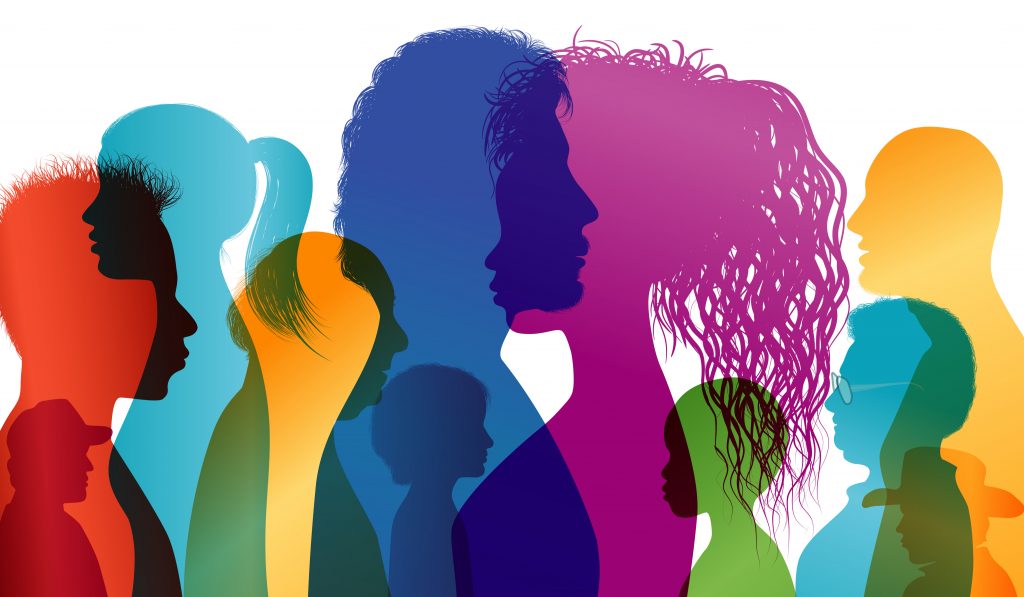How can you research culture without current events creeping into the data? Look at language that goes back to the foundation of communication itself.
Amir Shoham, associate professor of finance and international business at the Fox School, studies the impact of linguistic gender marking on gender roles in society and business.
“I was looking for a solution to capture a culture that is not based on surveys because if you use a survey to capture a culture, you could get a less pure result,” says Shoham. “For example, if you capture the gender roles in the society based on the long-term culture of a country, but if something awful happens—say a rape takes place and is reported in the news—it would affect the way people answer questions the next day.”
The social and political ripple effect of an event can influence research in unintended ways.
“So I was looking for something purer to capture culture in general,” says Shoham. “About ten years ago, I bumped into a colleague at a conference. We started talking about this challenge and we thought about grammatical structures and grammatical gender markings.” Shoham quantified the four grammatical structures that capture gender within a language and created what they call the gender intensity index.
“That means that if you have more gender markings in the language you distinguish between gender roles in the language—and that eventually affects gender roles in the society,” Shoham says.
This theory is based on two main factors, from Shoham’s perspective.
“The structures of certain languages are very stable,” he says. “They are thousands of years old, so what you’re really capturing is the division of labor between females and males of our ancestors. And in some cultures, there was more of a grey area in the division of labor, so there are fewer gender markings in the language. So we kind of get our ancestors’ culture transmitted by language.”
The second consideration is the effect that language can have on cognition. For example, in the Spanish language, nearly every article, object or action has a gendered association.
“When speaking Spanish, everything is about gender—is the table gendered female or male, or a chair, a window or a leg? It puts everything into two categories or a binary, so it reinforces it by cognition and you get societies with more pronounced gender roles,” Shoham says.
Taking these gender markings out of the context of the home, the impact of participation in the workforce can be analyzed—including gender diversity on boards. He found that in cultures and languages that have more gender markings, there are fewer females on the board of directors.
“That’s important because there is research that shows that gender diversity on boards has overwhelmingly positive effects on problem-solving across different issues,” says Shoham. It can also help prevent costly mistakes. In a recent paper in the Journal of Corporate Finance, Shoham looked at the cross-listing of companies into stock exchanges—the female-led boards of directors had fewer cross-listings.
“I am the first male to sit in the women-led section of the Academy of International Business because of my research. Understanding what affects the culture, from social dynamics to gender roles baked into the language, can help create a more inclusive environment.”
The findings also show that grammatical gender marking has an indirect impact on income inequality through the gender wage gap. This emphasizes that understanding grammatical gender marking also has implications for policymakers that are interested in reducing social inequality and/or gender wage gaps.
